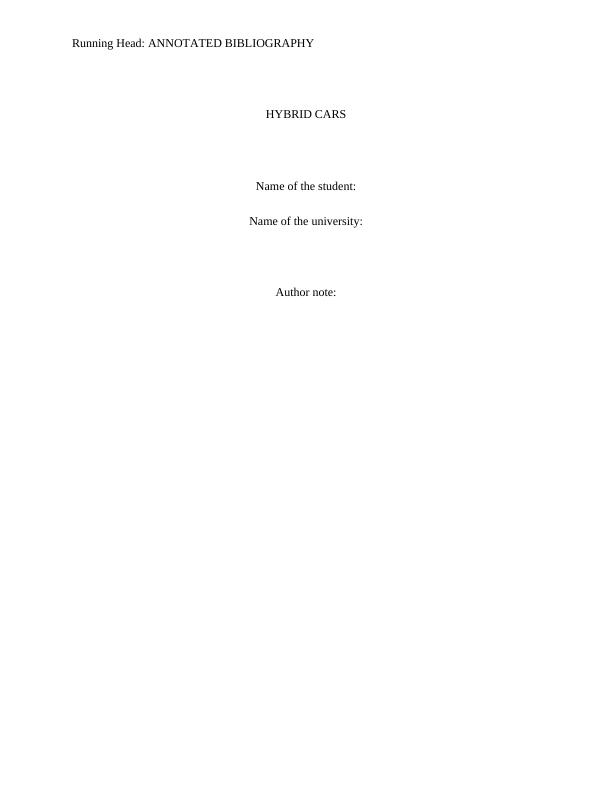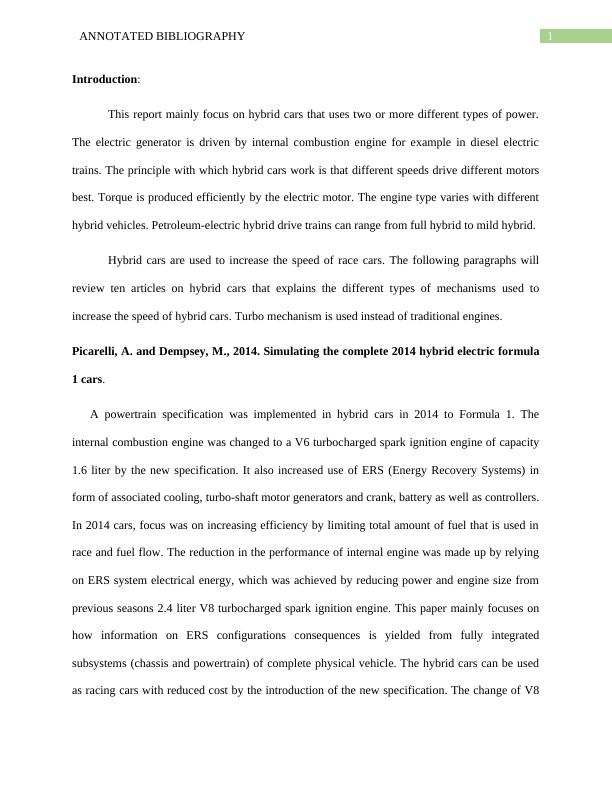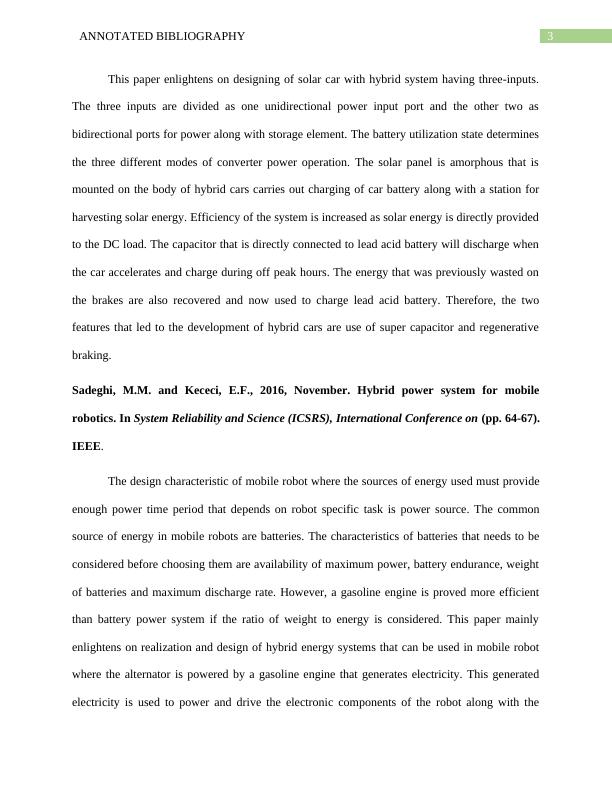Annotated Bibliography on Hybrid Cars
An annotated bibliography on requirements engineering, including articles on the application of the Common Criteria to a system and the OCTAVE approach for managing information security risks.
11 Pages2842 Words356 Views
Added on 2023-06-03
About This Document
This annotated bibliography reviews ten articles on hybrid cars that explains the different types of mechanisms used to increase the speed of hybrid cars. The articles cover topics such as powertrain specification, powertrain architecture, solar car with hybrid system, hybrid power system for mobile robotics, hydropneumatic storage technology, time-optimal control policy, and energy consumption in battery/super capacitor hybrid system.
Annotated Bibliography on Hybrid Cars
An annotated bibliography on requirements engineering, including articles on the application of the Common Criteria to a system and the OCTAVE approach for managing information security risks.
Added on 2023-06-03
ShareRelated Documents
End of preview
Want to access all the pages? Upload your documents or become a member.




